Money for the uprising in Cai Lay
In 1936, the world situation had many changes. The French Popular Front, with the core being the French Communist Party, won and took power to implement a number of rights for working people in the country and in the colonies.
Tra Tan village (in Long Trung commune, Cai Lay district, Tien Giang province, now in Long Tien commune, Dong Thap province) is the hometown of Hero Ha Ton Hien, where the 1940 Southern Uprising took place strongly. |
The Indochina Congress Movement was born in that context. This was a revolutionary movement that gathered forces, attracted many social sectors to participate and had a strong influence. Those who participated in this movement continued to stand in the commanding ranks of the Southern Uprising, together with the people, to fight "to the death" with the enemy.
In My Tho, the Action Committee Office is located at the Tuong Lai bookstore in the Old Market. This bookstore is both a distributor of progressive books and newspapers in the country and a distributor of books and newspapers of the French Popular Front. In Cai Lay, the District Action Committee Office is located at the house of Mr. Ca Tien (Banh Van Tien).
The movement began with massive demonstrations demanding people's livelihood and democracy taking place in villages and communes. On July 14, 1937, a large rally took place at Bang Lanh communal house (Cai Lay market) with more than 1,000 participants. This was a large-scale demonstration carried out simultaneously with many rallies in Go Me (Phu Quy), Mieu Ba (Cam Son village), My Phu (My Hanh Dong village)...
After this rally, many villages in the district organized campaigns to reduce personal tax, oppose tax increases, and oppose land grabbing... In the northern communes, the Indochina Congress movement, directly directed by comrade Phan Van Khoe, organized and mobilized hundreds of young people in the communes of My Hanh Trung, My Hanh Dong, Tan Hoi... to sign the Petition to the Governor of Cochinchina and publicly circulated propaganda documents of the Party's policies.
Thanks to propaganda activities, the Party's mass organizations developed quite strongly. Among them, the Red Farmers' Association attracted many farmers to participate, the most active of which were: Harvesting Farms, Planting Farms, and Labor Exchange Teams... fighting with landowners to increase planting wages and provide extra breakfast.
The labor exchange group fought with the garden owner to increase the wages for gardening. The Mutual Aid Association helped the needy, lending money and rice. In addition, these organizations also launched a campaign to raise money and rice to support the strike of workers at Ba Son factory (Saigon).
The movement attracted many classes such as: In Phu An village, there was the Thien Dia Hoi group led by Mr. Nguyen Van Giai (also known as Mr. Tu Giai) who gathered members to participate. The Te village association had Cai Thon Phuong (Nguyen Van Phuong) and a number of village association officials.
In Long Tien, out of 12 village councilors, half participated in the activities, including: Village headman Xieng (Nguyen Tu Phuong), Village chief Nguyen Van Trung, Village elder Nguyen Van Luc, Village head Nieu, Village master Do Van Hau... Next to the village, the Cho Cau Association was established to gather young men and train them in martial arts to fight against robbers.
In addition to the demonstrations and struggles for people's livelihood and democracy, during the period of responding to the Indochina Congress movement, social movements had a great influence on the masses. Notably, the movement mobilizing youth to participate in building roads, bridges, and improving traffic for people. Many "village roads" were formed during this period. In terms of culture, the Indochina Congress movement encouraged youth to cut their hair short, stop wearing buns, and dress neatly.
In Cam Son, there was a rice merchant named Thieu Sieu who used his own money to build a theater called “Comrades’ Institute” to raise funds for the revolutionary movement. During the Southern Uprising in Cam Son, Thieu Sieu invented the “thao long” iron wire to stop ships on the Ba Rai River.
In September 1939, World War II broke out. The Governor-General of Indochina issued a decree to dissolve all friendly organizations and trade unions, ban meetings, rallies, demonstrations, and all communist activities. In Cai Lay, District Tam ordered the suppression of the Mutual Aid Association, Football Association, Golden House Association, and the Harvest and Plantation Associations; at the same time, he increased the number of secret police and spies in the villages, closely monitored all participants, and arrested suspects. However, in many places, the movement was still maintained until the Southern Uprising broke out, and many heroic people sacrificed their lives.
In Phu An village, village chief Nguyen Van Phuong, who commanded the uprising, was captured by the enemy and taken to Cai Lay district headquarters. They lured, tortured, and interrogated him, but he refused to reveal anything and told District Chief Tam, "If Phuong lives, Tam will die. If Tam lives, Phuong will die."
Quan Tam was angry and ordered the soldiers to release him and then take his body to Cai Lay fish market and throw it into the river. A few days later, his body floated to Hoi Xuan estuary, was picked up by the people and buried.
In Binh Phu village, there was monk Nguyen Van Thuan (also known as Run pagoda master), originally a follower of Buu Son Ky Huong religion, who built a hermitage at Giong Tre pagoda. During the Nam Ky uprising, Mr. Thuan was exiled to Con Dao. In particular, Yet Ma Tu Can, abbot of Khanh Son pagoda (Nhi My village), was put in the file by Quan Tam and closely monitored by secret police.
In May 1940, at Ma Voi field (now Cai Lay ward), a meeting was held to discuss the uprising. The meeting was exposed by a traitor. Tam district arrested monk Yet Ma Tu Can to appear. Knowing that he could not escape, he decided to return to the pagoda and burn himself to death to keep the uprising a secret.
LEGEND OF HA TON HIEN
Ha Ton Hien's real name is Luu Tho Hien, born in 1902, is a descendant of the long-standing Luu family, settled in Tra Tan village, now in Hamlet 14, Long Tien commune. Born into a family with a tradition of studiousness and patriotism, from a young age he had great ambitions, always carrying in his heart the pain of the people who lost their country and nurturing the will to fight for national liberation.
He founded the Vietnam Revolutionary Association in Long Trung commune, Cai Lay district, My Tho province to gather like-minded young people. He was a good martial artist, a ranked fighter, often competed in youth competitions and Ha Ton Hien was his nickname in the martial arts community.
Around 1936 - 1939, responding to the Indochina Congress movement, he established the Thanh Van Cai Luong Troupe, gathering local musicians and actors, writing plays, practicing them himself, and touring everywhere. The purpose of establishing the troupe was to educate the spirit of chivalry and patriotism, so in the singing program he often introduced speakers to present patriotic and progressive content.
During the 1940 Southern Uprising, the "manager" of the Thanh Van Reformed Theatre Group, Ha Ton Hien, was assigned to be the Head of the uprising leadership in Hung Long. Thanks to his prestige, he mobilized financial support for the resistance and mobilized guns and ammunition for the uprising army.
In particular, he persuaded teacher Nguyen Thi Son in Long Trung village to borrow a hunting rifle (because teacher Son's husband was a French civil servant). Her father-in-law was the Chief Clerk of the My Tho court. Thanks to their French citizenship, they were allowed to use guns.
When the uprising broke out, Mr. Ha Ton Hien and Huong Quan Dang, namely Mr. Vo Van Dang, Huong Quan of Long Trung village, commanded the uprising army in Ba Dua, Hung Long. They quickly took control of the villages: Tra Tan, Long Trung, Tam Binh and together with many soldiers went to neighboring communes to support; at the same time, led troops to Ngu Hiep island to destroy Doc Phu Mau's rice warehouse to distribute to the poor. The uprising therefore created a great echo and received the trust of the people in the area.
After the Southern Uprising, the insurgents and their commanders were hunted down and killed by the French and their lackeys. Because the insurgents had destroyed the bridges on the Ba Dua route, the French and their lackeys could not travel by land. Cai Lay District Chief Nguyen Van Tam had to lead his troops by canoe from Cai Be to suppress the uprising. Both sides fired fiercely at each other, Mr. Ha Ton Hien was slightly injured, and was taken to Cho Lach by his comrades, but was discovered and surrounded by secret agents who shot and wounded him a second time.
After that, Mr. Ha Ton Hien had to leave the locality to hide and was arrested by French secret police in Go Cong. Meanwhile, Huong Quan Dang was arrested in Sa Dec on December 5, 1940, along with 7 others. On June 4, 1941, Mr. Ha Ton Hien and Huong Quan Dang were brought back by the French to be executed at Hung Long intersection (the intersection between Provincial Road 864 and Provincial Road 868 today). Under the enemy's gun, Mr. Ha Ton Hien also shouted the slogan "Down with French imperialism, Long live the Indochinese Communist Party...".
Ha Ton Hien has become a legendary figure in the revolutionary struggle of the army and people of Cai Lay. His name is now given to a street in Cai Lay ward. According to his family, during his lifetime, he married Mrs. Truong Thi Bich and had a son.
Following his father's example, his son also joined the revolution and sacrificed his life while on duty. His wife was one of the people who was awarded the noble title of Vietnamese Heroic Mother by the President in the first round of awarding.
THUY HA
Source: https://baoapbac.vn/van-hoa-nghe-thuat/202507/ve-cai-lay-nghe-chuyen-tien-nhan-danh-giac-1046903/


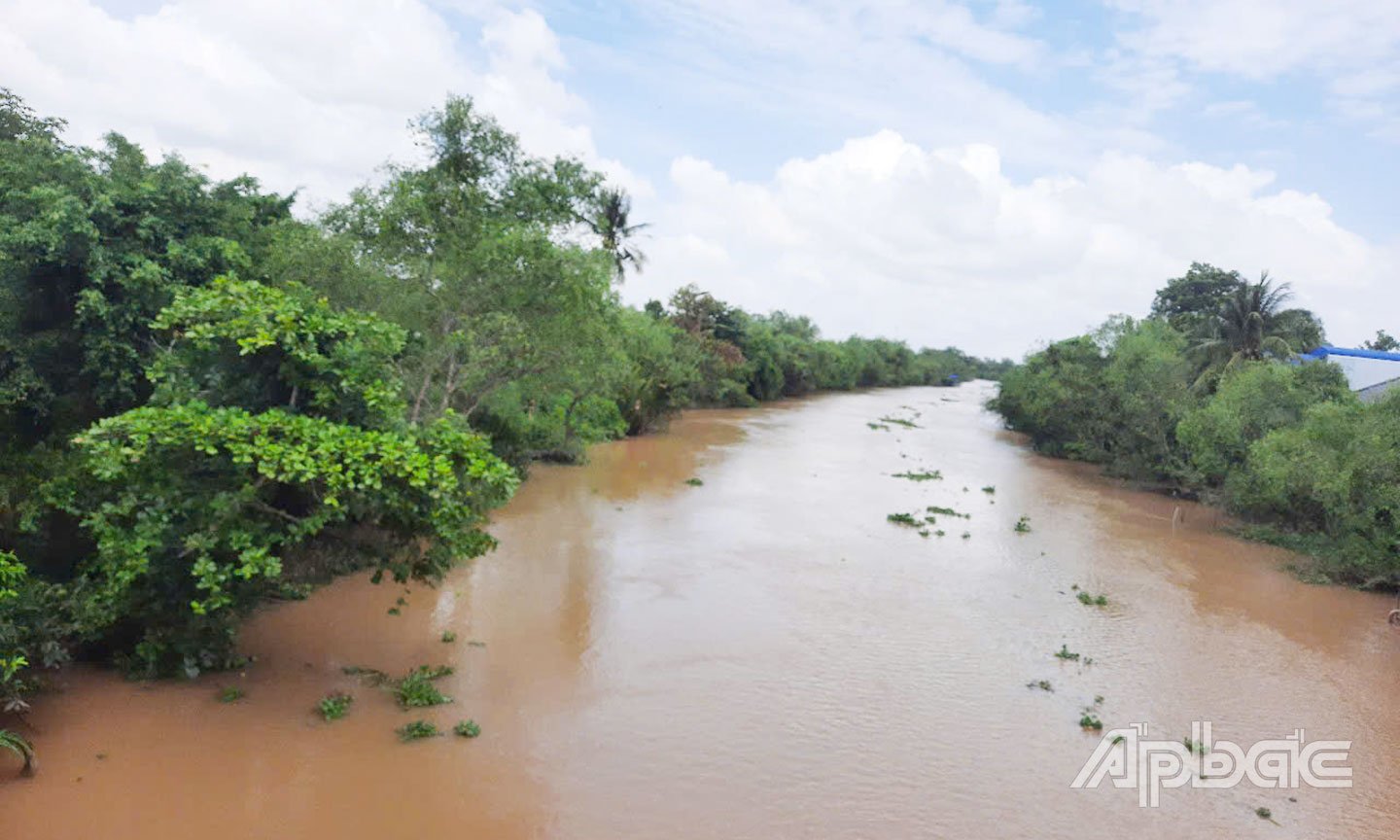

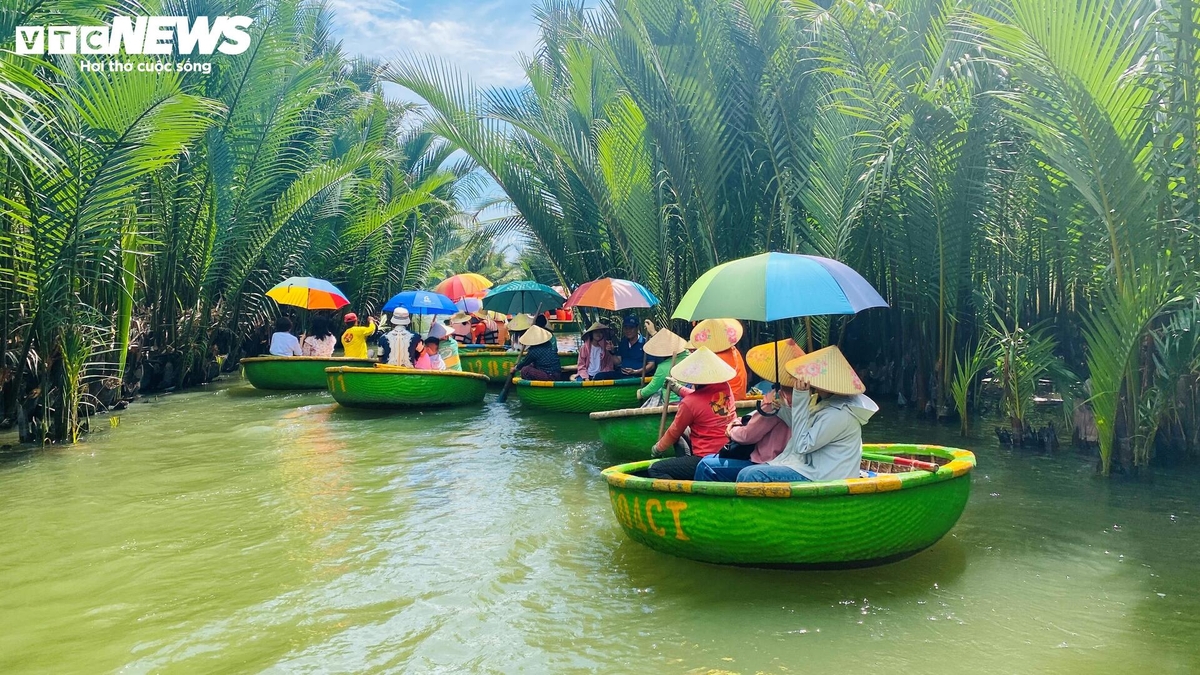



![[Photo] Prime Minister Pham Minh Chinh chairs the first meeting of the Central Steering Committee on housing policy and real estate market](https://vphoto.vietnam.vn/thumb/1200x675/vietnam/resource/IMAGE/2025/9/22/c0f42b88c6284975b4bcfcf5b17656e7)
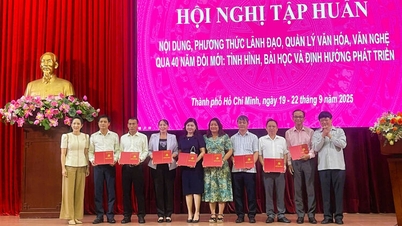





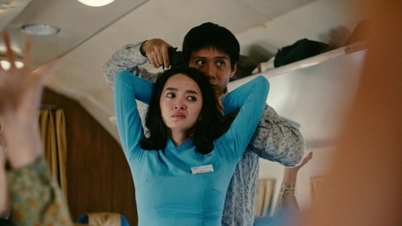


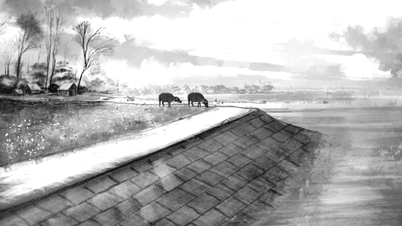





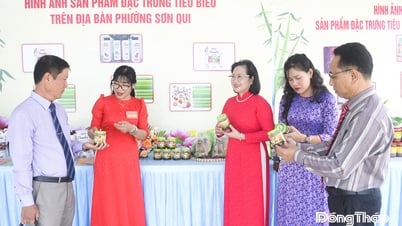
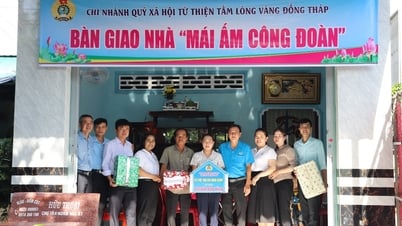
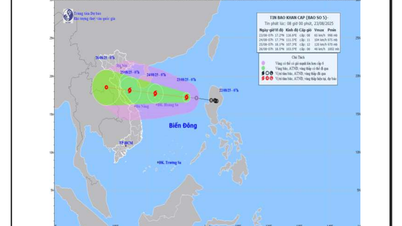
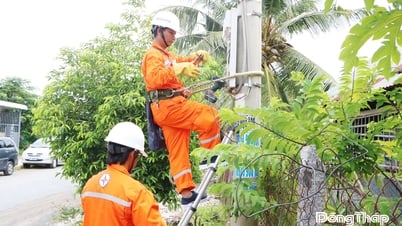
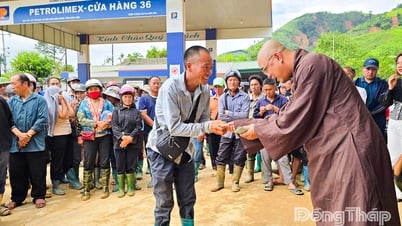
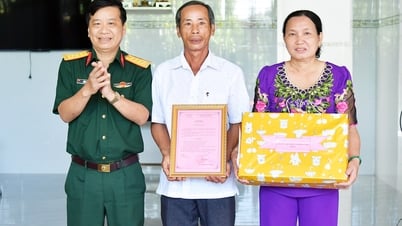
![[Photo] General Secretary To Lam presents the First Class Labor Medal to the Vietnam National Energy and Industry Group](https://vphoto.vietnam.vn/thumb/1200x675/vietnam/resource/IMAGE/2025/9/21/0ad2d50e1c274a55a3736500c5f262e5)

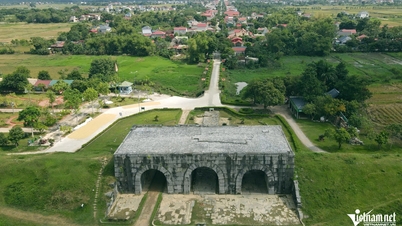





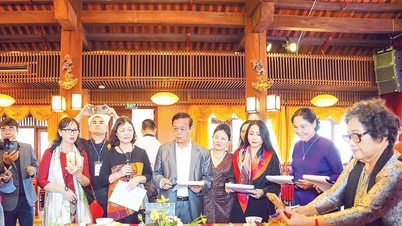



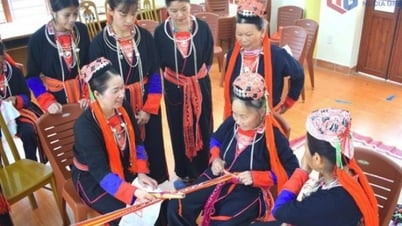

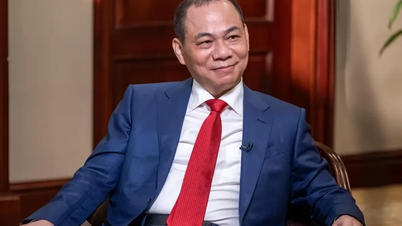

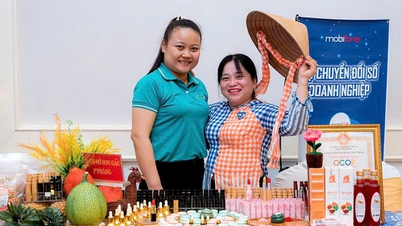
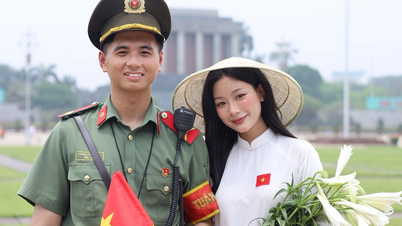

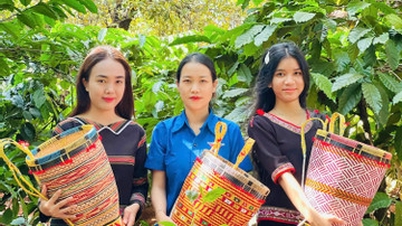
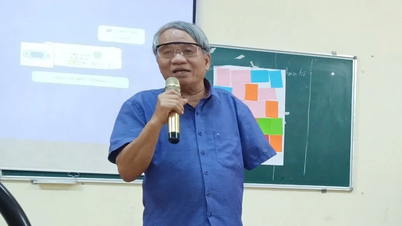










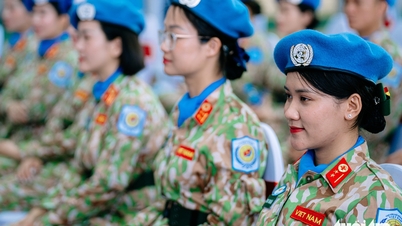

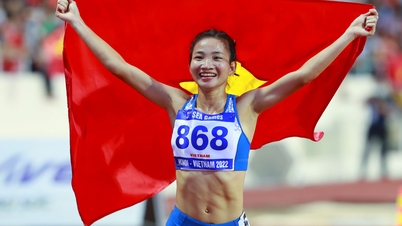


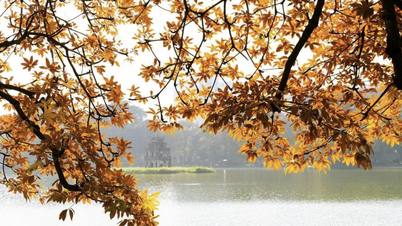




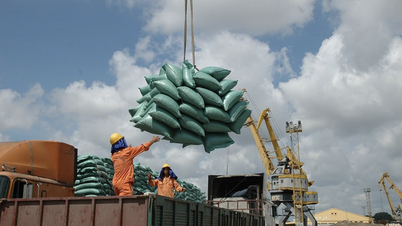










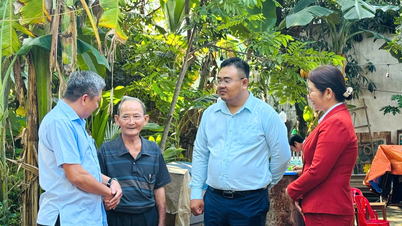

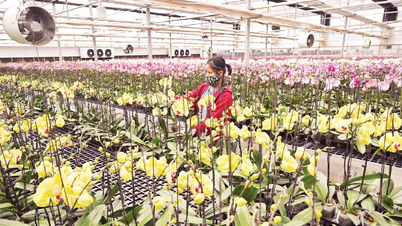









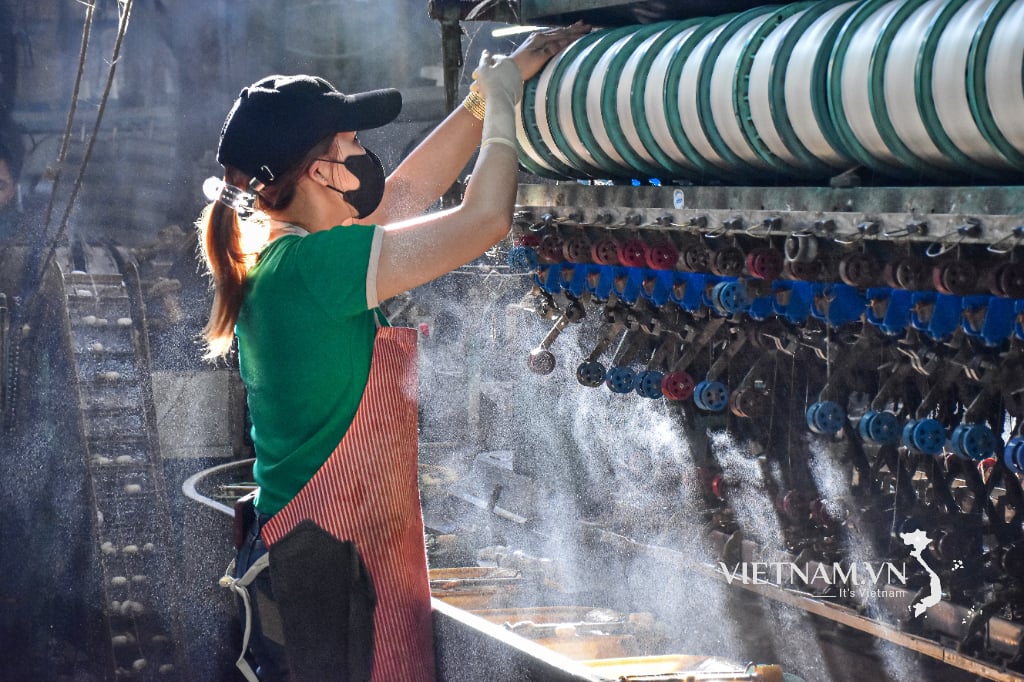


Comment (0)